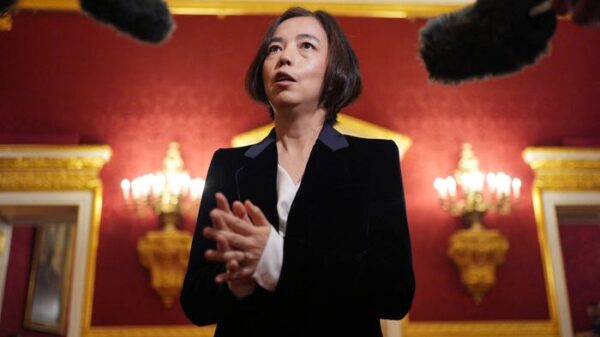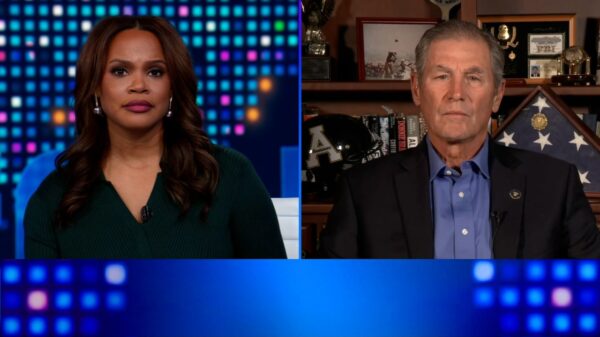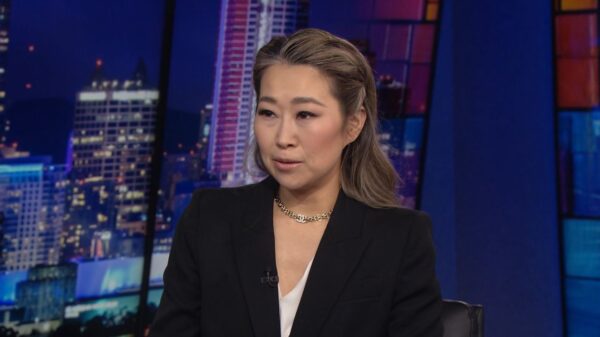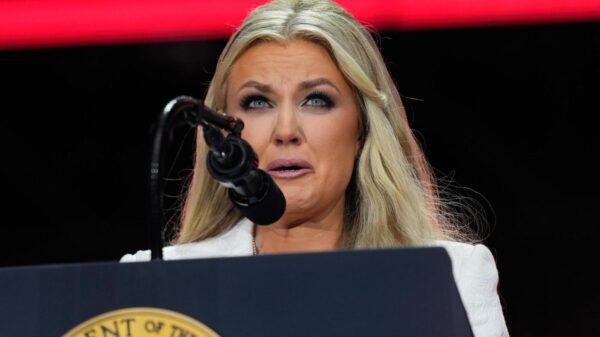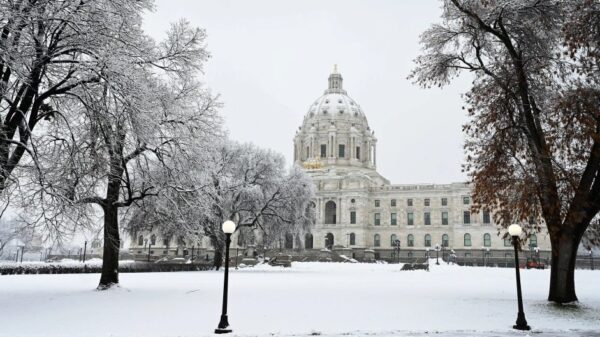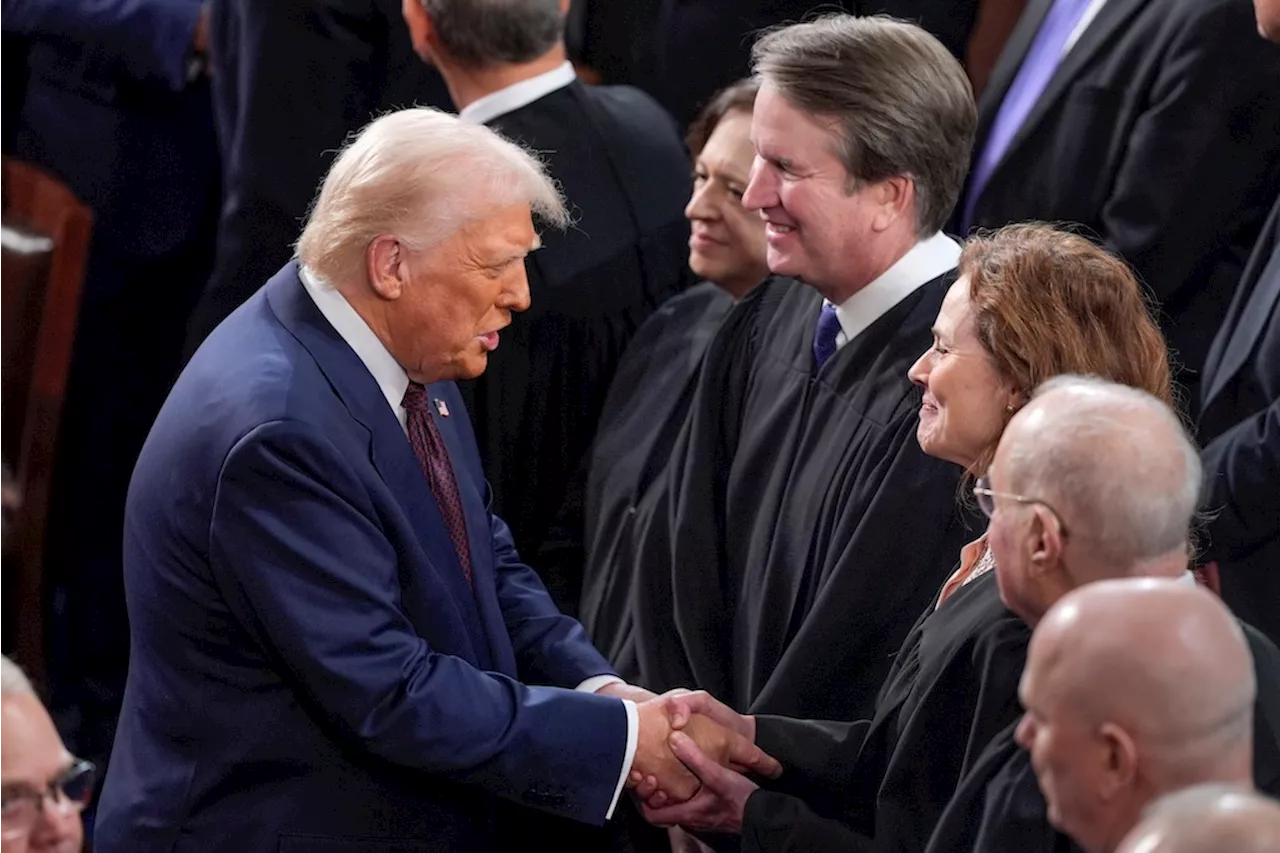The United States Supreme Court is set to evaluate crucial aspects of President Donald Trump‘s agenda, specifically focusing on the legality of his administration’s tariffs. This review comes as the Justice Department faces its first significant challenge under the second Trump administration regarding tariff powers, potentially marking the end of a successful streak for the administration at the high court.
In recent months, the Trump administration has secured considerable victories at the Supreme Court, primarily through emergency petitions. Since taking office in January, the administration has filed requests with the Supreme Court 22 times, achieving at least partial victories in 19 instances. These emergency rulings have allowed the administration to temporarily halt lower court injunctions that threatened its policies, including significant workforce reductions and changes to immigration status for Venezuelan migrants.
As the cases challenging Trump’s policies advance to the merits docket, the administration may face a shift in fortune. The upcoming hearings will scrutinize the legality of tariffs imposed under the International Emergency Economic Powers Act (IEEPA). The Supreme Court will consider whether Trump has the authority to levy these tariffs, which have faced opposition in federal district courts and the U.S. Court of Appeals for the Federal Circuit.
During the arguments, Solicitor General D. John Sauer will defend the administration’s position that the president is empowered to impose tariffs under IEEPA. However, critics, including senior lawyer Oliver Dunford from the Pacific Legal Foundation, argue that the statute does not explicitly mention tariffs. Dunford remarked, “The statute doesn’t say tariffs… it seems unlikely that Congress would include the specific tariff power in all of those statutes, but not included in IEEPA.”
Legal experts suggest that the administration’s chances may be hindered by the absence of explicit tariff power in IEEPA. Analyst predictions indicate a potential loss for Trump on this issue, as the Supreme Court’s conservative majority tends to prioritize textual interpretations of statutes. Jonathan Adler, a law professor at William & Mary, emphasized that the administration has been selective in the cases it brings before the court, focusing on those it believes have the highest chance of success.
The upcoming tariff case will set a significant precedent, testing the limits of presidential power under emergency conditions. The court’s decision could redefine how future administrations utilize emergency powers, particularly in relation to economic measures. As the justices prepare to deliberate, questions surrounding the legitimacy of tariffs and the extent of presidential authority loom large.
In addition to the tariff case, other legal challenges are on the horizon for the Trump administration. A notable case involves Trump’s executive order limiting birthright citizenship, which has been consistently struck down in lower courts. Legal analysts anticipate that this issue may also reach the Supreme Court, presenting further challenges for the administration’s agenda.
As the Supreme Court hears these pivotal cases, the outcomes could significantly impact Trump’s ability to implement his policy priorities. The administration’s current trajectory suggests a mix of potential setbacks and victories, shaping the legal landscape for the remainder of Trump’s term. The high court’s decisions will not only influence Trump’s agenda but also the broader implications for executive power in the United States.



